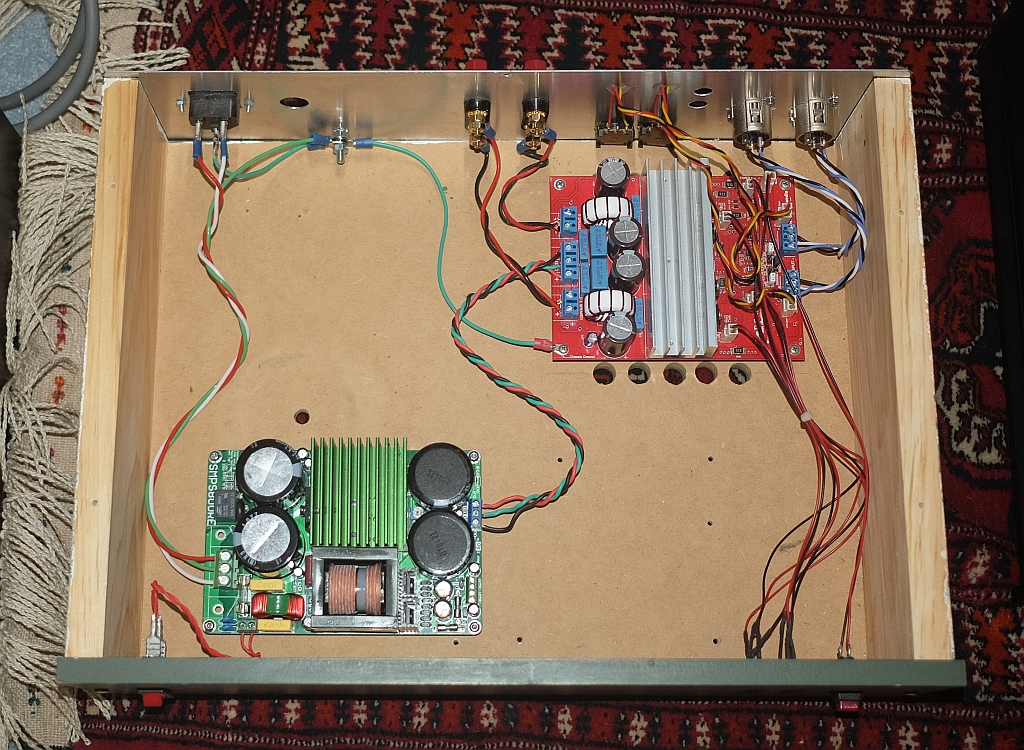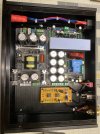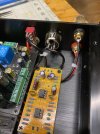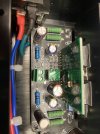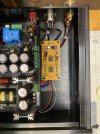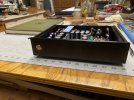@MattG one of the differences I know for sure regarding the SDS vs CDA amps from Class D Audio is the SDS amp has better heat sinking with the sink attached to the chassis. Obliviously there are the XLR inputs and the input attenuators as well.
The amps still are not very sensitive needing 2V for full power and have lowish input impedance thus a real preamp with gain is best or if using a strong digital source a buffer for impedence matching.
As the owner of one of the SDS amps I'd be interested to see it measured. I wonder how different it is from the IR reference design? Hopefully the amp measured in this thread is not indicative of IRS 2092 based amps. I will say I was impressed with the build quality of the internals of the SDS amp.
The amps still are not very sensitive needing 2V for full power and have lowish input impedance thus a real preamp with gain is best or if using a strong digital source a buffer for impedence matching.
As the owner of one of the SDS amps I'd be interested to see it measured. I wonder how different it is from the IR reference design? Hopefully the amp measured in this thread is not indicative of IRS 2092 based amps. I will say I was impressed with the build quality of the internals of the SDS amp.

